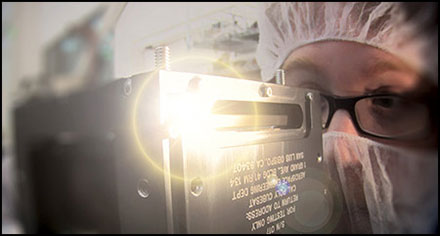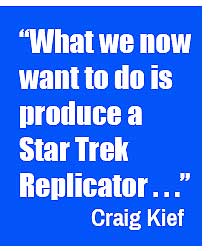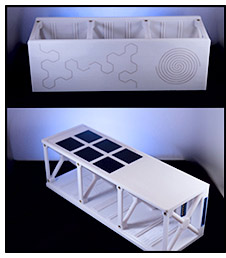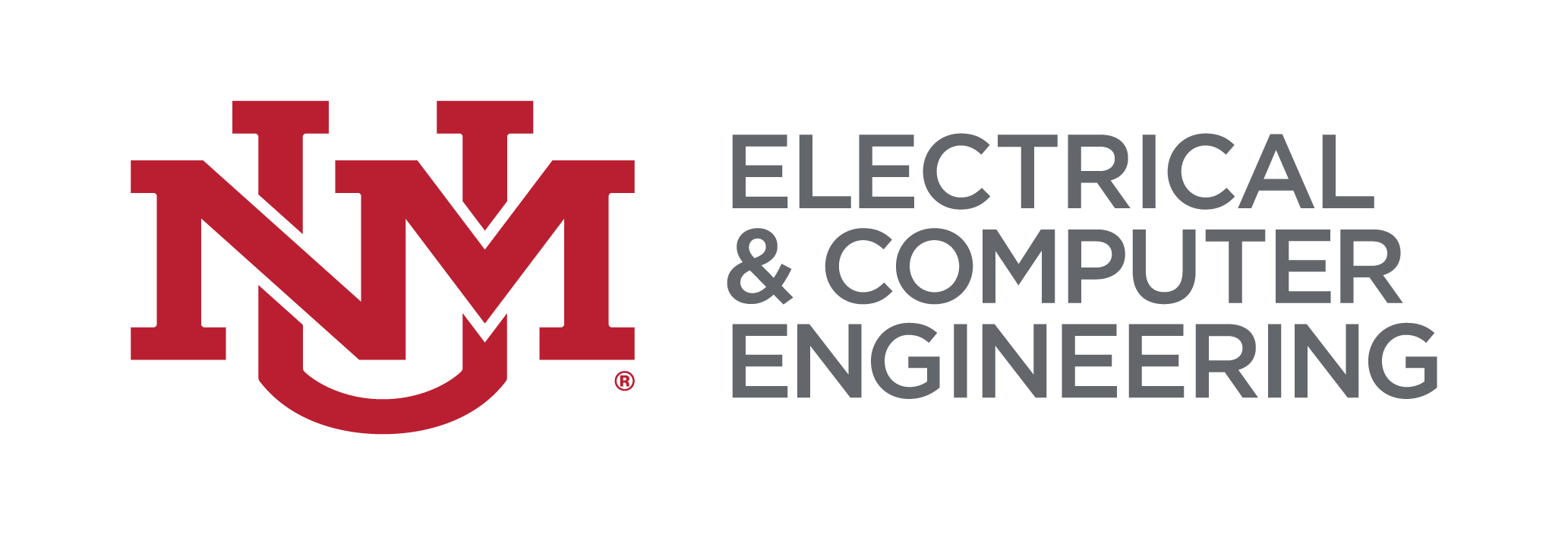Recent News
December 5 Seminar: Sal Portillo
December 3, 2025
November 21 Seminar: Jim Aarestad
November 19, 2025
November 14 seminar: Manel Martínez-Ramón
November 12, 2025
November 7 seminar: Bradley Ratliff
November 5, 2025
News Archives
COSMIAC Wins America Makes Award and is Hoping to Develop a "Star Trek Replicator"
May 29, 2014 - Charles Reuben
 COSMIAC, a research division of the School of Engineering with strong ties to ECE, just received word that they will become part of an America Makes Award in conjunction with Lockheed Martin, Northrup Grumman and the University of Texas at El Paso.
COSMIAC, a research division of the School of Engineering with strong ties to ECE, just received word that they will become part of an America Makes Award in conjunction with Lockheed Martin, Northrup Grumman and the University of Texas at El Paso.
COSMIAC will develop new and innovative projects with Additive Manufacturing — popularly known as 3-D printing. 3-D printing has grown in great strides in the past few years with a new machine costing about the same as a decent LaserJet printer.
COSMIAC stands for the "Configurable Space Microsystems Innovations and Applications Center." It promotes aerospace innovation through the reliable and responsible use of configurable technology in military and defense systems.
 Craig Kief, an Adjunct Professor at ECE, is in charge of the academic programs and design services of COSMIAC. "Right now all we do is print plastic widgets, like cups, bowls and forks, not intelligent widgets,” said Mr. Kief. “What we now want to do is produce a Star Trek replicator: We want to print a radio. Not just a handle on a car, but a radio on a car!"
Craig Kief, an Adjunct Professor at ECE, is in charge of the academic programs and design services of COSMIAC. "Right now all we do is print plastic widgets, like cups, bowls and forks, not intelligent widgets,” said Mr. Kief. “What we now want to do is produce a Star Trek replicator: We want to print a radio. Not just a handle on a car, but a radio on a car!"
What makes this grant so much more exciting to COSMIAC is that it involves printing electronics into 3-D material. “3-D printing is a new industrial revolution,” said Brian Zufelt, a research engineer at COSMIAC, “Decades ago I would have had to invest tens of thousands of dollars to create a prototype. Now with 3-D printing I can design parts, enclosures and real hardware, for a couple bucks.”
Shown below right are two examples of COSMIAC’s futuristic research. These cubeset structures, which hold the electronics of a satellite, were made using 3-D printing technology by UTEP.
 The first is an antenna that was printed into the wall of a spacecraft that was similar to UNM's first satellite, launched in 2013. The second example is a solar panel that was printed into the wall of a spacecraft.
The first is an antenna that was printed into the wall of a spacecraft that was similar to UNM's first satellite, launched in 2013. The second example is a solar panel that was printed into the wall of a spacecraft.
This novel form of printing helps to reduce the risk of exposed wiring being crimped or accidentally cut. It also achieves reductions in size and weight in a spaceship — which are critical to the success of aerospace applications.
America Makes, one of the sponsors of COSMIAC’s award, is focused on helping UNM grow its capabilities and strength in 3-D printing by collaborating with academia, business, non-profit organizations and government agencies.
To learn more about COSMIAC and the sort of things that they are doing over there, please check out the following video that was aired back in 2011:
